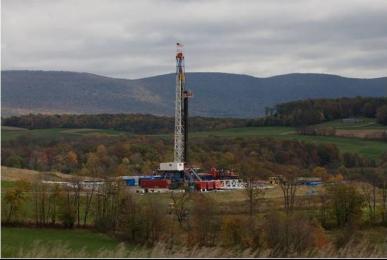By: Matt Golden, Senior Energy Finance Consultant, Environmental Defense Fund
 The Investor Confidence Project (ICP) is pleased to announce the release of our newest Energy Performance Protocol for Standard Commercial projects – defined as multiple-measure energy efficiency projects typically costing less than $1MM.
The Investor Confidence Project (ICP) is pleased to announce the release of our newest Energy Performance Protocol for Standard Commercial projects – defined as multiple-measure energy efficiency projects typically costing less than $1MM.
This protocol strikes a balance between engineering and measurement and verification best practices and the need for a streamlined, cost-effective approach to developing a standardized investment quality energy efficiency project. This latest addition complements our existing Large Commercial Protocol in an effort to develop a family of protocols addressing the range of projects types common in the growing energy efficiency retrofit marketplace.
The goal of the Energy Performance Protocols, as a whole, is to reduce transaction costs associated with investing in energy efficiency projects by standardizing how projects are baselined, engineered, installed, operated and measured. This allows investors and building owners to gain confidence in the long-term return on their energy efficiency investments. The goal is to bring together project originators, building owners and investors in a more transparent, and thus more robust, marketplace.














